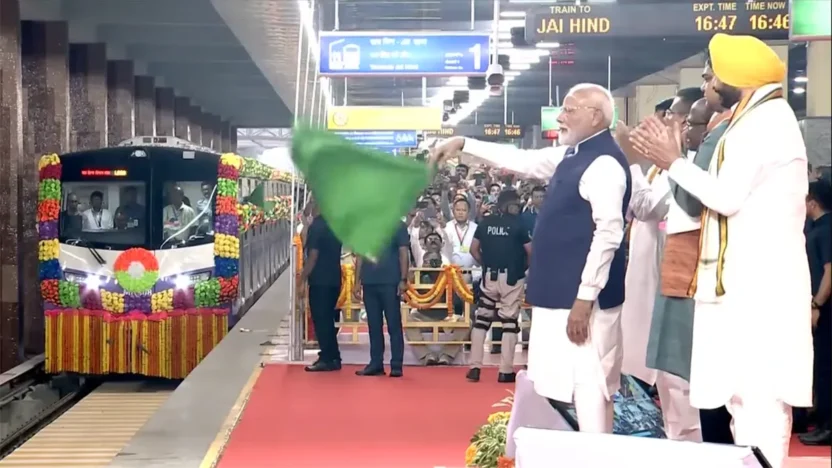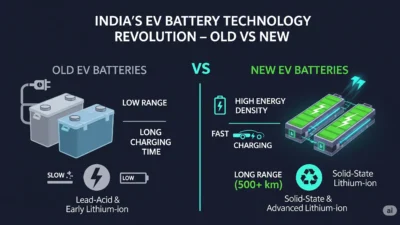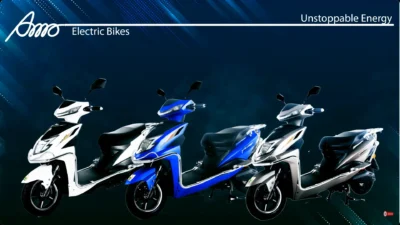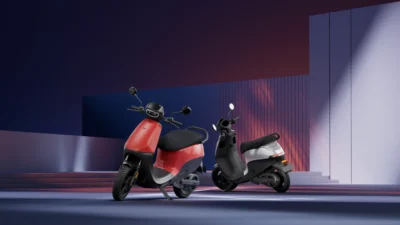A New Chapter for Kolkata Commuters
If you’ve ever been stuck in bumper-to-bumper traffic while trying to cross the Hooghly, this bit of East-West Metro news will probably make your day. The full East–West Metro Kolkata corridor is now open, linking Howrah Maidan to Salt Lake Sector V in about 32 minutes. For a city where daily commutes often stretch beyond an hour, this feels like a small revolution.
And yes, this includes the much-talked-about underwater metro section, which has been one of the most ambitious urban transport projects in India.
East–West Metro Kolkata Current Status
So what’s running right now? The entire 16.6 km stretch is operational, meaning you can hop on at Howrah and ride straight to Sector V without changing trains. It’s not just convenient; it’s symbolic. For years, the East–West Metro Kolkata project had been plagued by delays, land disputes, and technical hiccups.
Now, finally, commuters can breathe easier.
On weekdays, services start around 6:30 AM and go on till a little past 10 PM. Sundays begin later, closer to 9 AM. In peak hours, trains show up every 8 minutes, while off-peak it stretches to 15. Honestly, that’s a decent timetable for a line that’s just completed its rollout.
East–West Metro Kolkata Stations: From Howrah to the IT Hub
The route feels like a thread stitching together two very different sides of Kolkata. On one end, you have Howrah Maidan—a bustling gateway for millions of suburban rail passengers. On the other, there’s Salt Lake Sector V, the city’s tech and business hub.
Between the two, stations like Sealdah, Esplanade, and Phoolbagan create natural interchange points. A Howrah–Sealdah ride now takes only about 11 minutes, which, if you’ve ever tried to do by cab in rush hour, is nothing short of miraculous.
The East–West Metro Kolkata Inauguration Moment
The grand East–West Metro inauguration was more than just ribbon-cutting. For many Kolkatans, it felt like the city had caught up with its own aspirations. Seeing the trains glide under the river for the first time carried a sense of pride—this is India’s first underwater metro tunnel, after all.
Some even compared it to the day Delhi Metro first started. Different city, different era, but the same feeling: urban life taking a big leap forward.
Why This Matters Beyond the Commute
Of course, faster travel is the headline. But the ripple effects are bigger. Real estate watchers are already talking about property prices in Salt Lake and New Town rising by at least five percent. And let’s not forget the environmental side: every commuter who shifts from car or bus to the metro helps cut emissions.
To be fair, Kolkata Metro isn’t new to green measures. The East–West Metro Kolkata corridor uses regenerative braking and improved third-rail tech to save energy. Add to that the sheer number of people it can move per hour, and you’re looking at a system that’s not just faster, but cleaner too.
The Human Side of It
What’s most striking is the way people talk about it. A colleague told me she used to budget nearly an hour and a half to get from Howrah to her office in Sector V. Now, she reaches in half the time, without the stress of unpredictable traffic.
I also overheard a student saying he finally feels like Kolkata has “a metro like Delhi’s.” That may be a bit of an exaggeration—our network still isn’t as vast—but the sentiment rings true.
So, What’s Next?
The full East–West line is just the start. More interconnections with the North–South Metro and new lines towards the airport are on the horizon. If all goes as planned, Kolkata Metro will soon stretch across 74 km, touching every major node of the city.
That’s a future worth waiting for.
Final Thought
The East–West Metro Kolkata has always been more than a transport project. It’s a story of persistence, delay, frustration, and finally, triumph. Today, when you step into a train at Howrah and step out at Salt Lake Sector V in just over half an hour, it feels like the city is finally moving at the pace it deserves.
Not perfect yet. But definitely progress.



